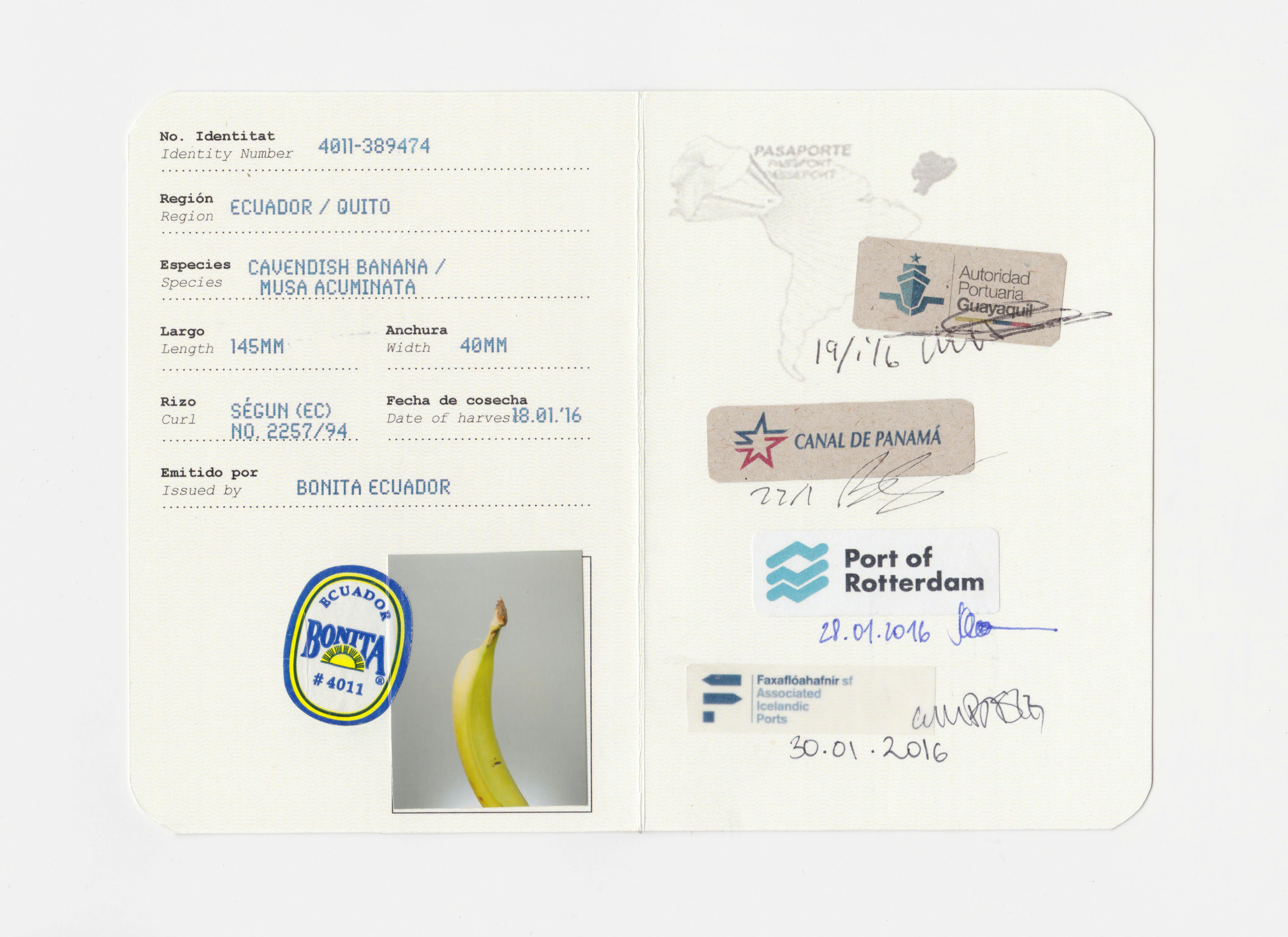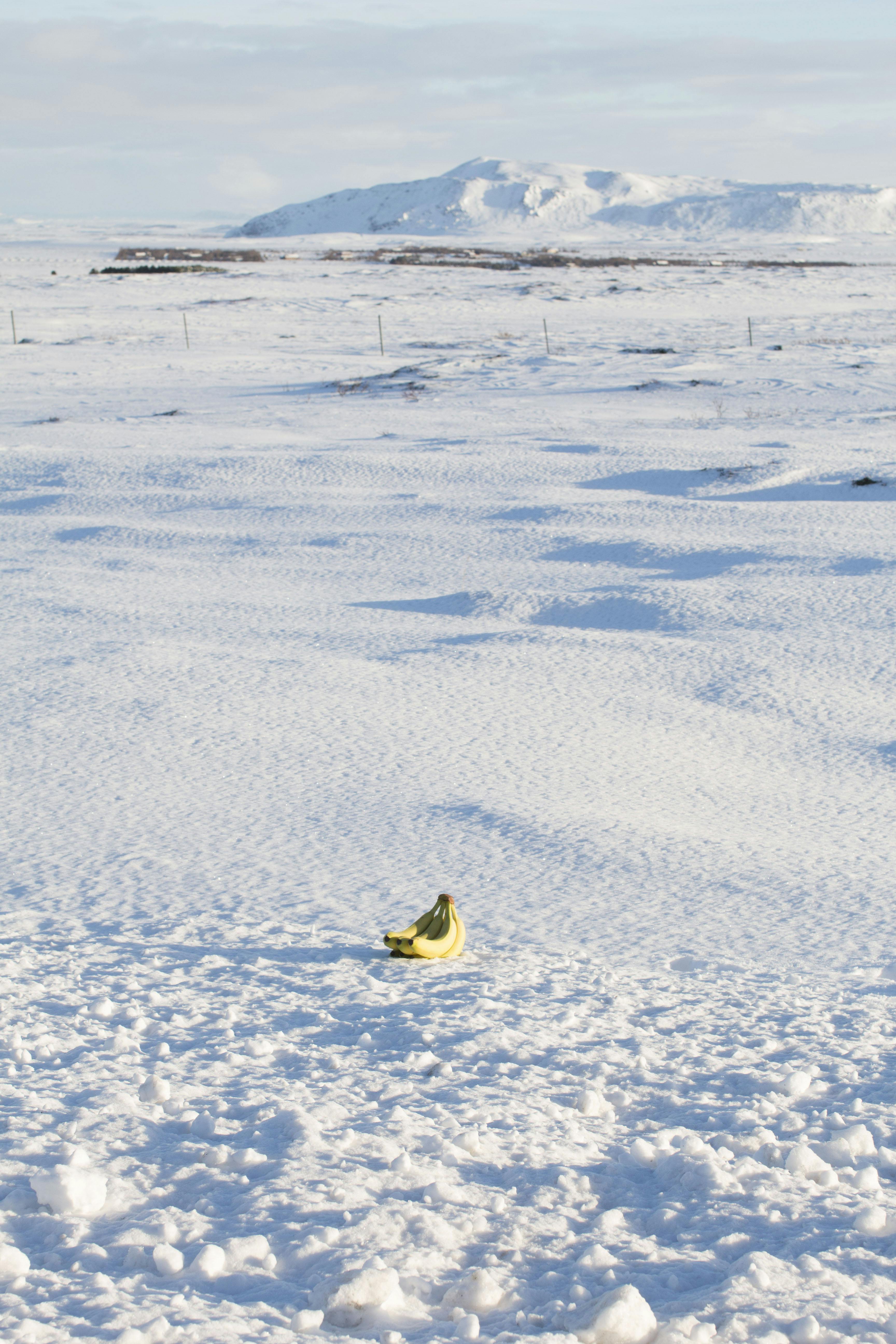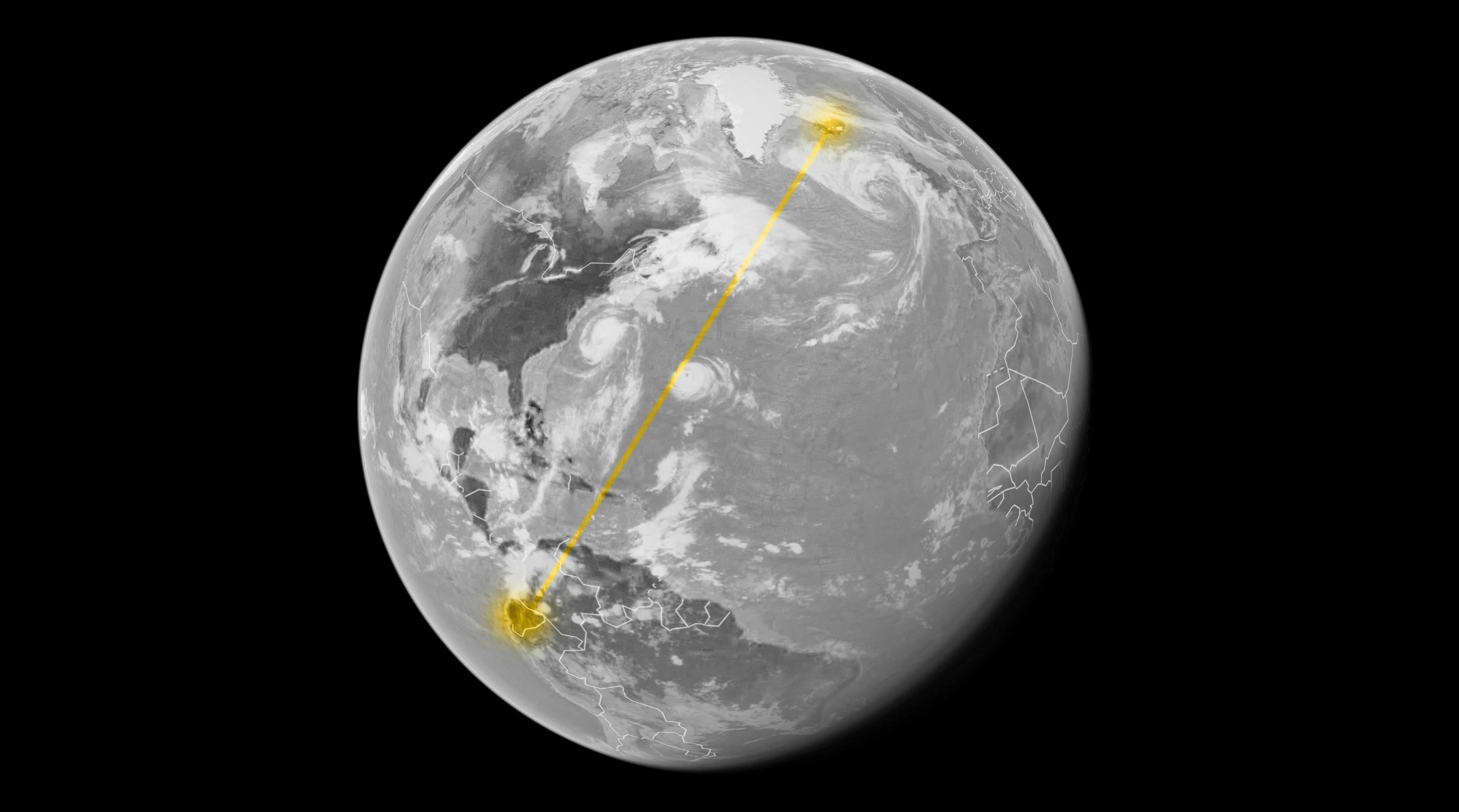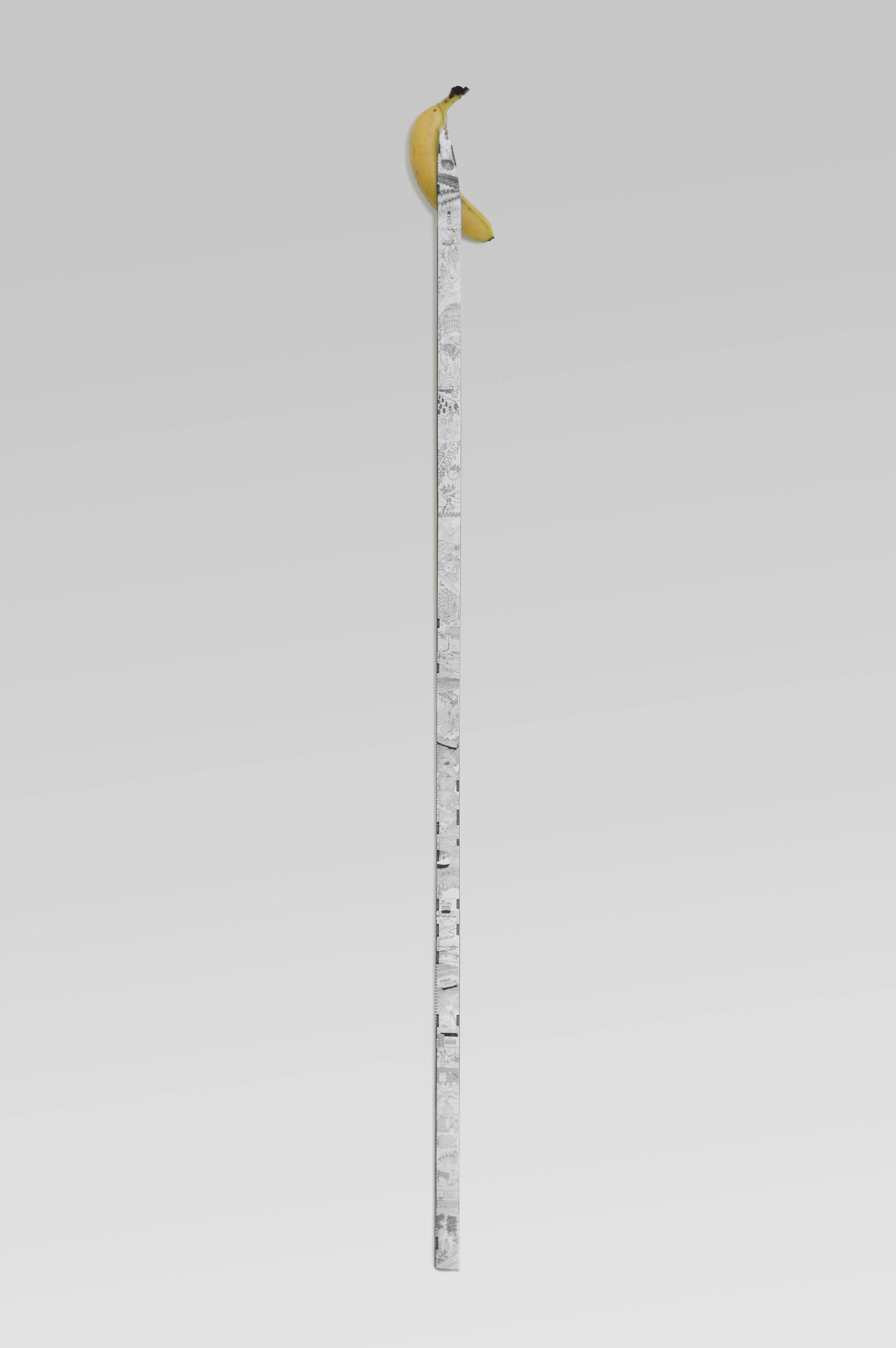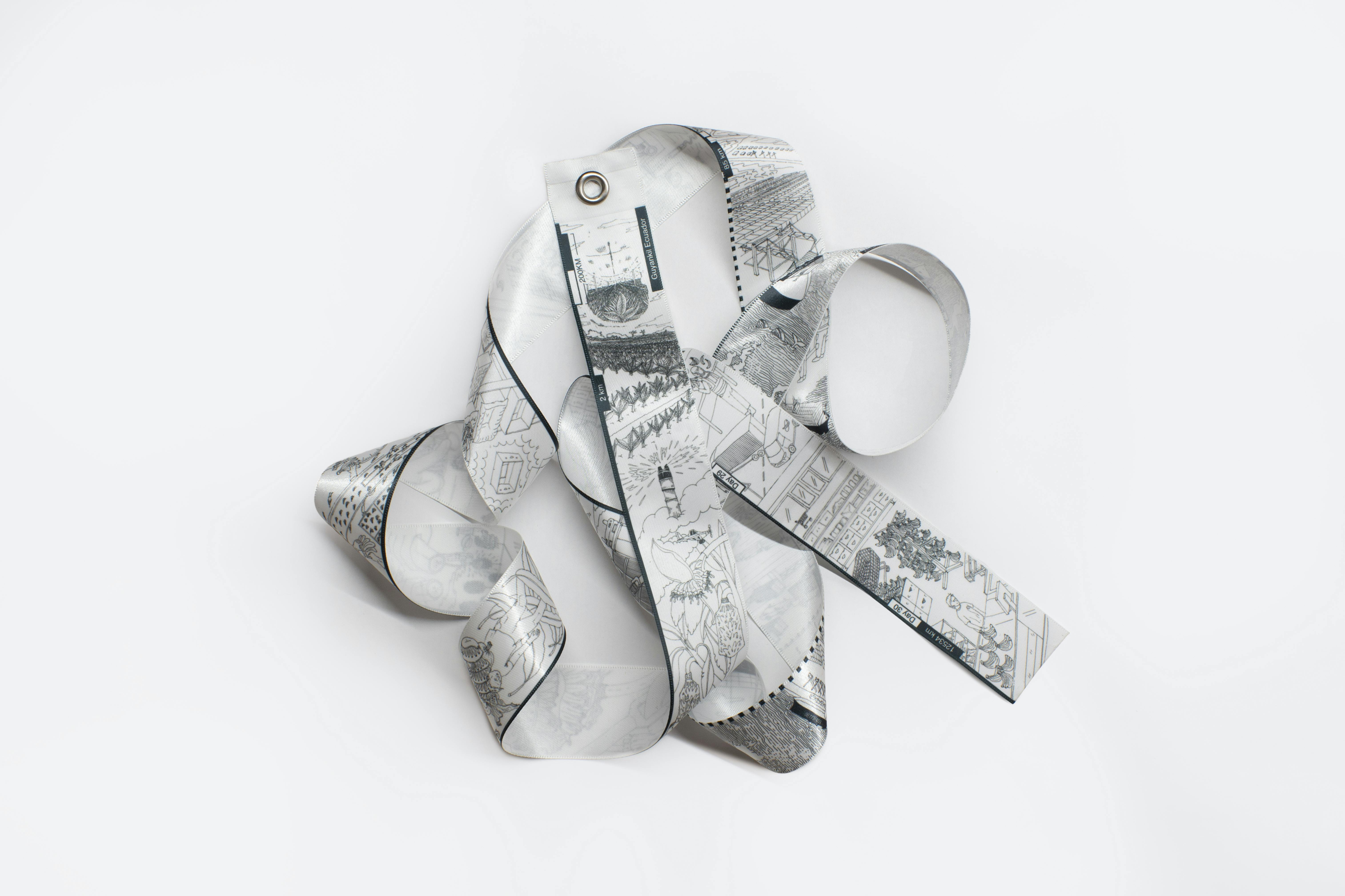Import / Export: Banana Story
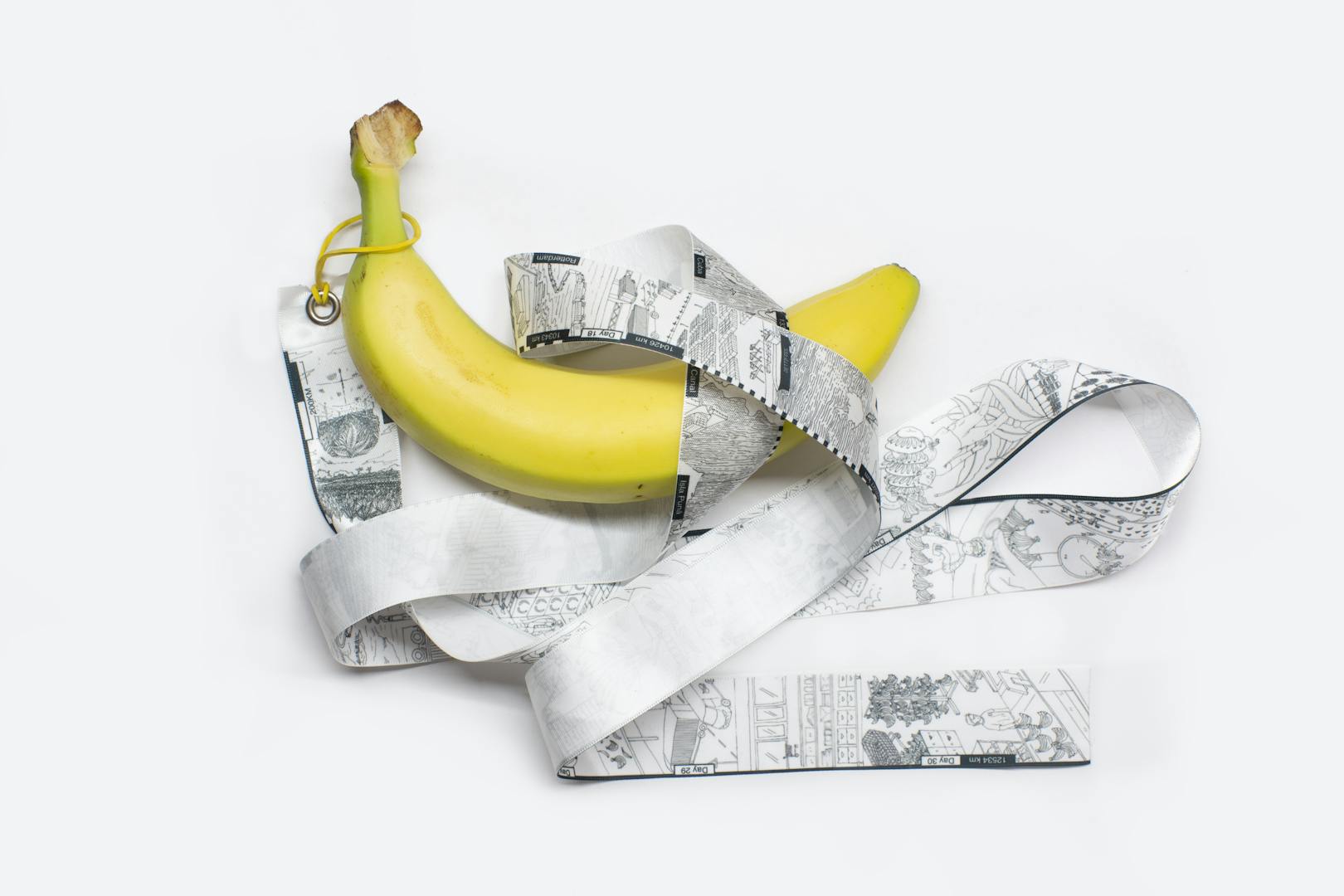
First published in HA Issue no.09, 2019.
In a clever turn of design journalism, Banana Story translates the astonishing journey of a seemingly ordinary product, revealing the invisible machinations of our own lives to us along the way.
Supported by hundreds of complex, invisible supply chains, almost every food product we touch has travelled thousands of miles and passed through dozens of hands. Every time we swipe a credit card, we fuel systems that extract resources from places we may never see and support the livelihoods of people we will never meet. In a marked shift enabled by globalisation, Icelandic food culture today enjoys an abundance of foreign imports – tropical fruits, Italian pasta, African cacao – that are now an everyday consumer demand. This demand comes with its concomitant carbon footprint, one that is higher per capita in Iceland than in other EU and EFTA countries, and consumer dependence on imports.
As the consequences of our global lifestyles accumulate, contemporary customer expectations and employee morals are shifting swiftly and fundamentally. In the West, companies are now responding to consumer conscientiousness, demands for transparency and climate change with unprecedented initiative and direct engagement. Collective sensitivity to market ethics and product presentation has entered the mainstream, presenting designers the opportunity to enter traditional industries and contribute fresh perspectives. The value proposition of a product now begins long before the point of consumption and function, inextricable from how material components are sourced, manufactured and delivered. And at a time when transparency has never been more important, more industry sectors are embracing branding, storytelling and human-centred design to create and deliver meaningful contexts, support customer relationships and build strategic futures. But even so, the true journey of a product remains more obscure than we would like to believe.
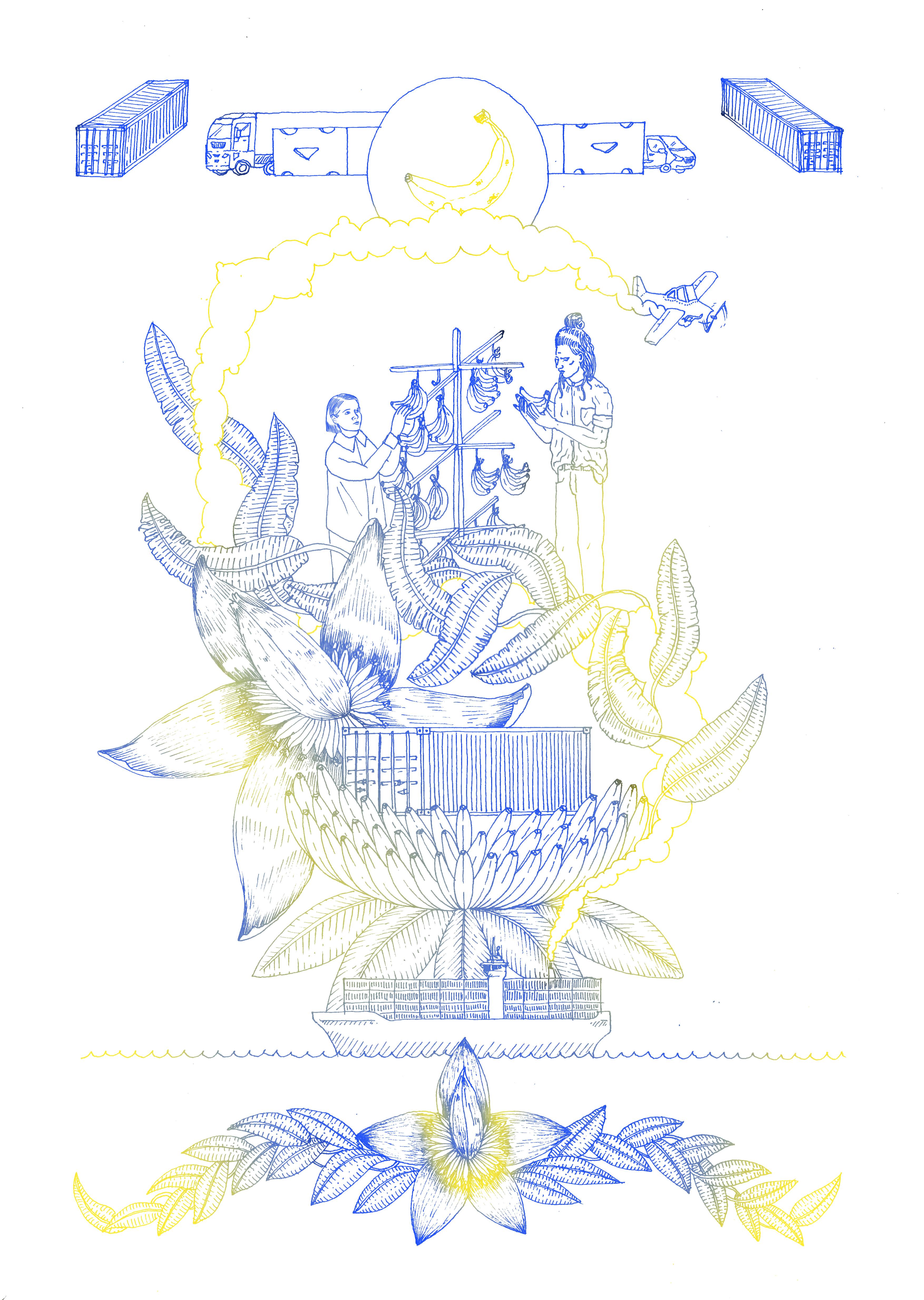
... the true journey of a product remains more obscure than we would like to believe.
Designers Johanna Seelemann and Björn Steinar Blumenstein approach design as a medium for enacting ethics and social responsibility in a globalised world. Because single design decisions affect hundreds of people all over the world, they believe designers must take extra care to develop a substantial understanding of our increasingly connected and complicated world. The ability to make ethical decisions requires a foundational grasp of how things are brought to the market, an elaborate sequence of events spanning material sourcing and processing steps to distribution strategies and retailing, often across several countries and oceans.
Frequent collaborators driven by research and material experiments, Johanna and Björn Steinar bring complementary fascinations to their joint projects. Johanna, in her own practice, often explores the context and aesthetics of everyday objects, discerning the relationships between craftsmanship, mass production and global trade patterns. In turn, Björn Steinar pares down contextual research into straightforward and accessible solutions. Almost every project answers his innate drive to offer plucky, practical solutions. Recently, the pair have enjoyed international attention for Banana Story, a collection of alternative made-in labels for the everyday supermarket banana. Unlike the non-descript stickers we are used to, the alternative labels honestly communicate to the audience about where and how the banana has travelled to reach us. The collection includes the passport of a banana travelling from Ecuador to Iceland and an illustrated hang tag that reveals the step-by-step details of its journey, one where over thirty people across three continents touch a single banana on its way to its final destination.
Banana Story departs from traditional product design projects by not proposing a direct solution through design. Instead, it communicates in an accessible manner an otherwise invisible journey of global complexity. With humour and a welcome lack of political agenda, Banana Story resonates with relatability beyond the design sphere while asking us to rethink an object we typically take for granted. The project successfully does so by using deceptively cute methods to translate its complex research and context into relatable forms. It is rendered even more powerful when one realises the labyrinthine process it distills.
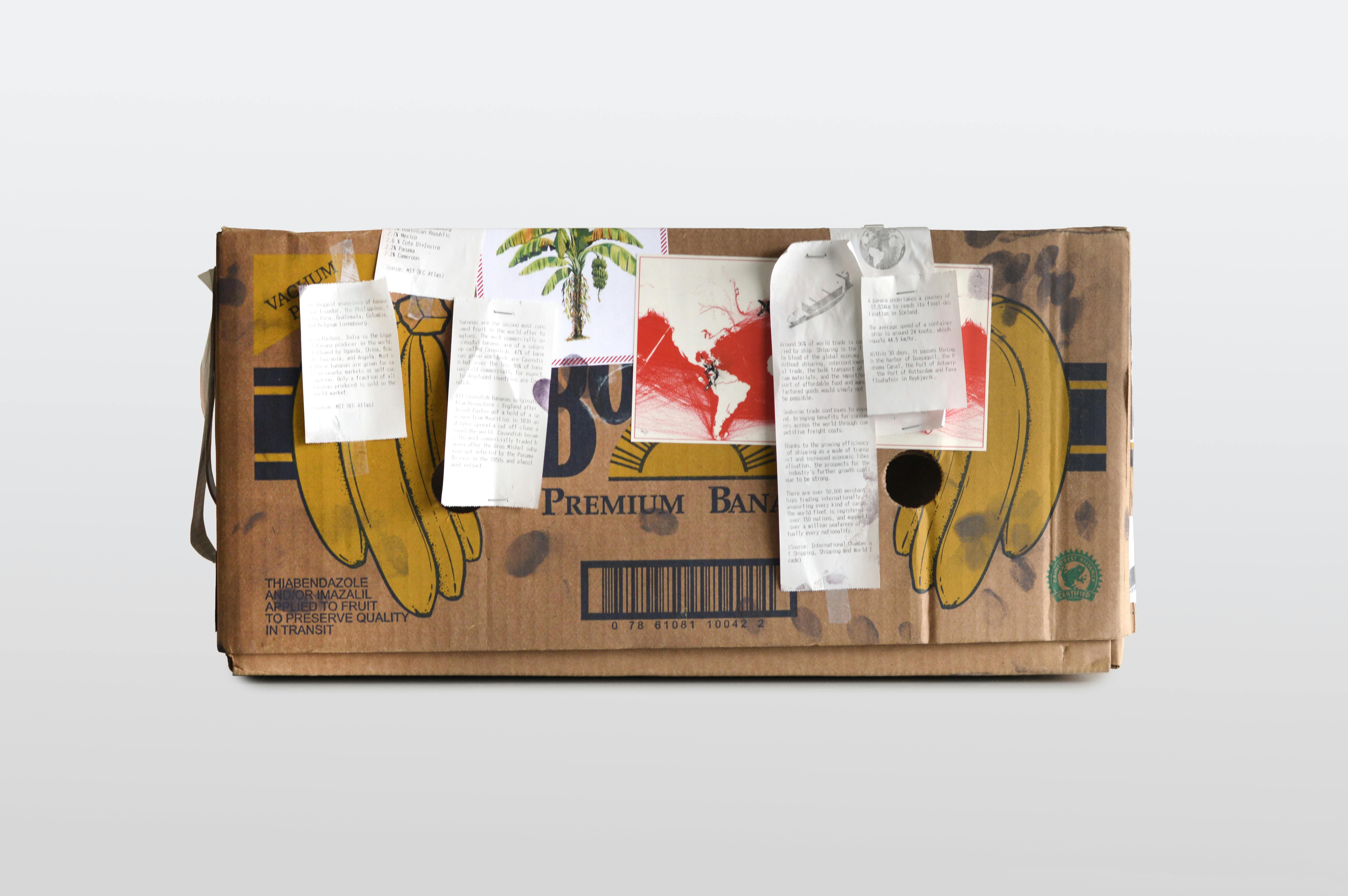
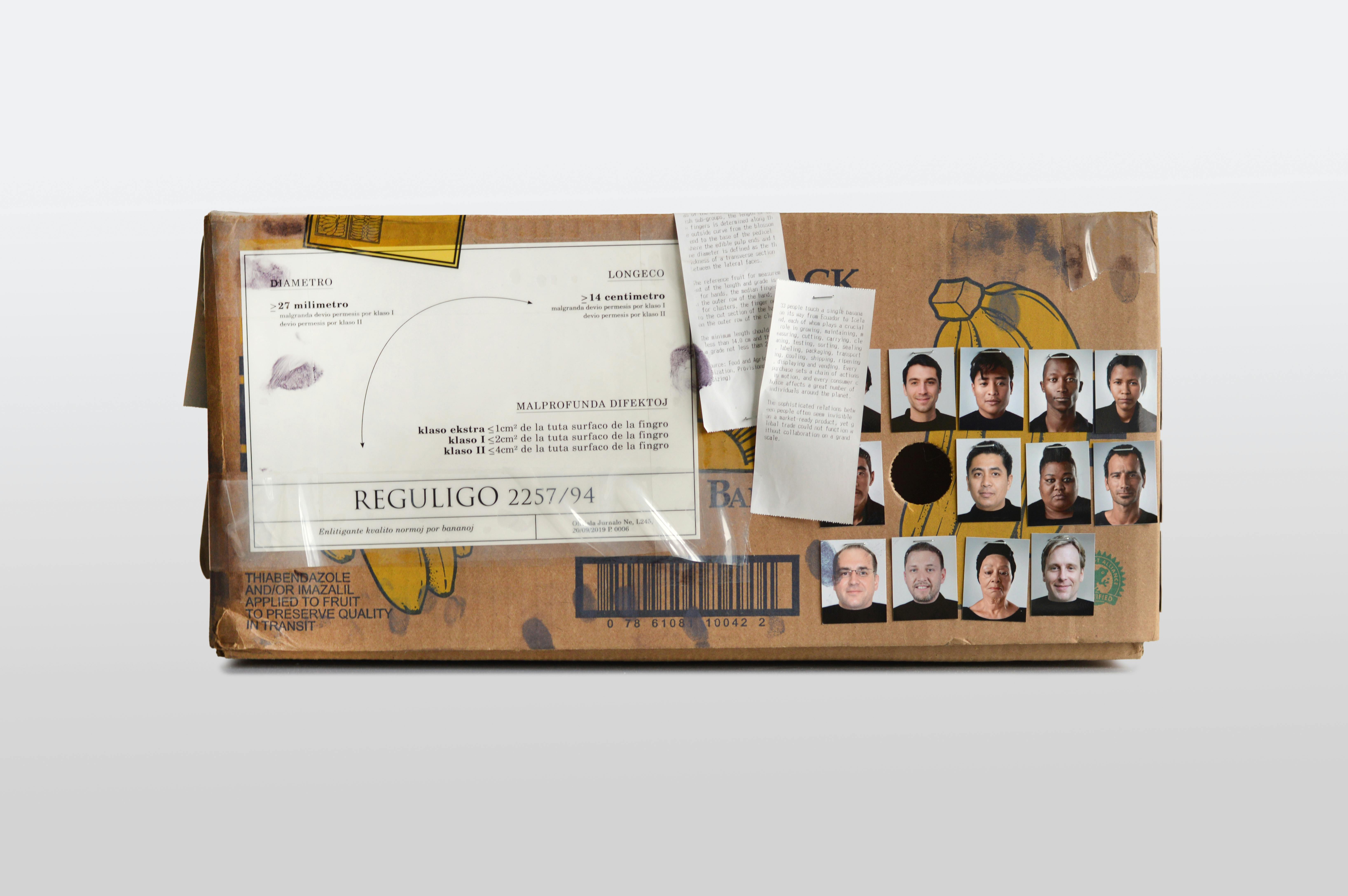
... our consumption is now shifting ever more into the digital realm, with any product only one click away, we are even further detached from an understanding of how they are created and the chains of actions that we’re causing by purchasing them.
Unearthing the journey demanded countless hours of sifting out reliable data, phone calls and fact-checking, whether the names of ports and companies or pursuing and confirming delivery routes. And despite how hard-won it may be, such information expires quickly because the trade industry changes so capriciously. This uncomfortably highlights how tracing a single source product or material across the world becomes relatively simple compared to a compound product with multiple materials. Björn Steinar shares, “A simple example is an ordinary pencil. The eraser top is likely to come from rubber plantations in Cambodia. The anodized steel might originate in Congo, the wood might be from Latvia, and the graphite could come from China, India or Brazil. We have yet to uncover all the different materials in the paint, where could they come from?” A product that initially appeared simple now reveals itself as startlingly knotty, even before dealing with resistance from the producers themselves, who are often reluctant to share information about their practices.
As a result, consumers experience what Johanna terms as a “mystification” of product – a detachment from the production processes of the everyday objects we use. And because “our consumption is now shifting ever more into the digital realm, with any product only one click away, we are even further detached from an understanding of how they are created and the chains of actions that we’re causing by purchasing them.” In a world of slick branding, the human labour and time necessary to produce a good often disappears without a trace. And without traceability, it becomes easier to exploit people and ecosystems to lower costs for the consumer market. Imports and exports enable our contemporary lifestyle but they expose us to the risks of opaque production practices and loss of local self-sufficiency.
Johanna suggests realistically educating children and the public about everyday objects, how they are made and where they come from, as first steps to counteracting these consequences. By demystifying the supply chains and trade networks that quietly enable our lifestyles, we instill a necessary appreciation and curiosity about our material world. And with that, Johanna believes, we “start to grasp what it takes to bring a product from one place to another: the amount of specific knowledge, the hundreds of skilled people needed to source, process, transport, manage, bring together, assemble, distribute each individual object surrounding us.” Such a grasp humanises industrial trade processes so that we may, she continues, “care about the people involved and value the things themselves, which influences our interactions with them, as well as our consumption patterns.” By consciously pursuing transparency and performing our due diligence when we design or purchase goods, we can choose to shoulder responsibility, to build a world with greater accountability – to care.
Icon Design selected Banana Story as one of its 2019 Icon Design 100. Banana Story will be on view from 18 May 2019 at FOOD: Bigger than the Plate at the Victoria and Albert Museum in London.
